Commerce and community: The wonder of shopping malls
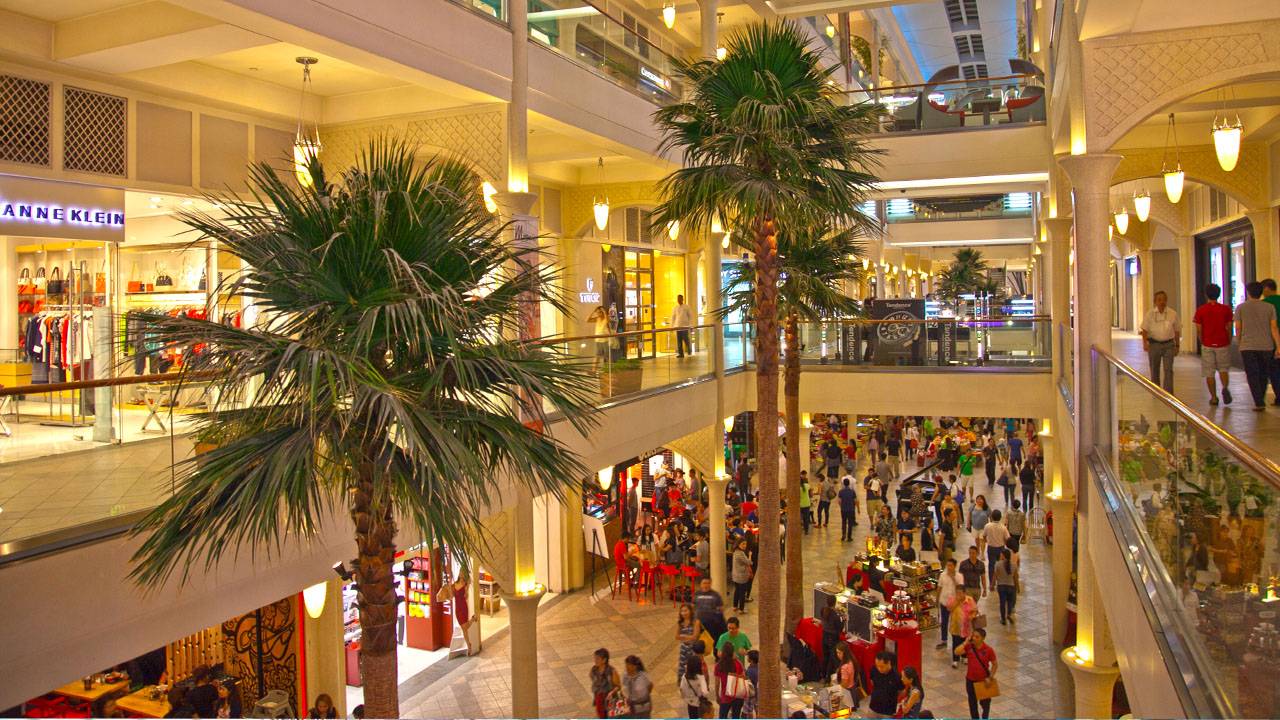
Oh shopping malls! What delights you bring to us during this season of giving!”
Shopping malls are the beacon of wonder for the avid shopper. More than bricks and mortar, they bring a sense of joy. As you walk through their large lobbies, you see the well-lit high ceilings and sparkling Christmas decor, hear pop music and holiday carols, smell freshly baked goodies, and finally get the feel of the purse you have been eyeing months ago.
Malls are not just here to be our haven for this December, but have always been our place of therapy, and more so, a signifier of exuberance in the city.
New retail concept
Shopping malls emerged in the mid-20th century as a revolutionary concept in retail.
They provided a centralized location where consumers could access a variety of goods and services under one roof, transforming shopping from a chore into a leisurely activity. Malls were designed to offer convenience and a pleasant shopping environment, drawing people not just to shop but also to socialize.
Over the decades, malls have evolved to reflect changes in consumer behavior and technology.
From the early days of simple strip malls to today’s massive multi-story complexes, they have adapted to include entertainment options, dining experiences, and even residential spaces. This evolution highlights their enduring appeal and adaptability.
Community hubs
In the Philippines, the rise of shopping malls marked a significant shift in consumer culture.
Inspired by Western models, the first malls introduced Filipinos to a new way of shopping that combined retail with social and recreational activities. These early malls quickly became community hubs, where people could not only shop but also gather for various events.
As malls grew in popularity, they began to incorporate elements unique to Filipino culture. They hosted festivals, concerts, and other community events, making them integral to daily life. Today, Filipino malls are known for their blend of commerce and community.
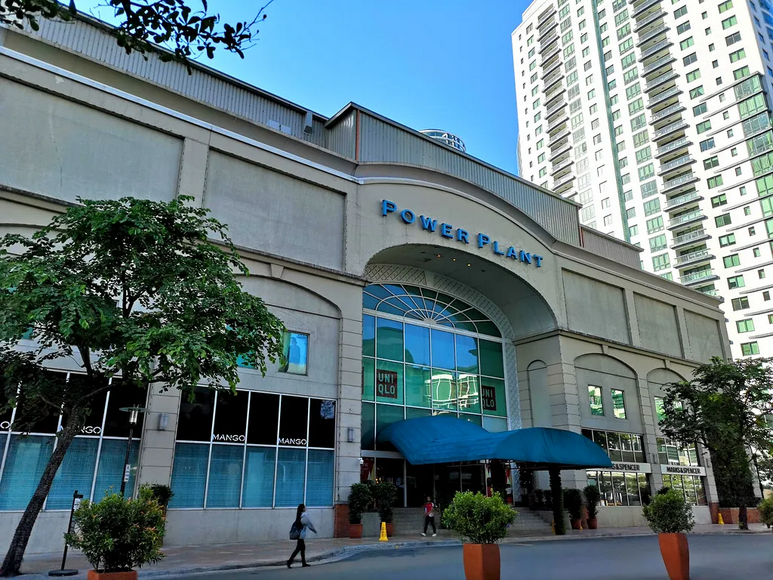
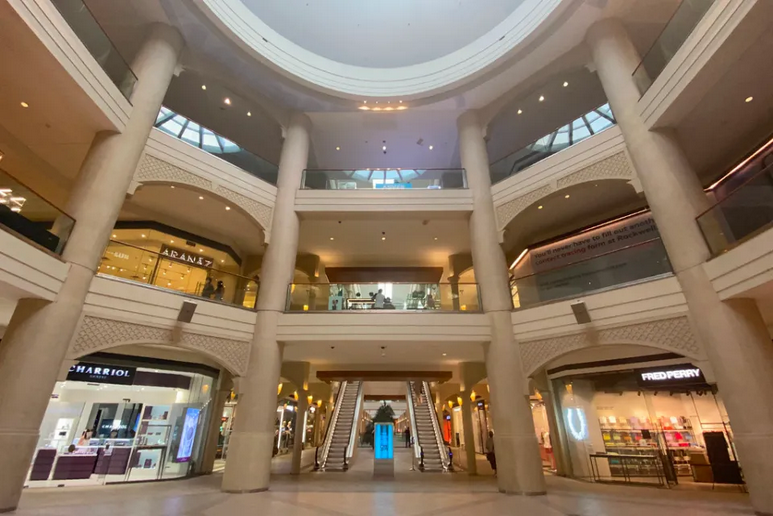
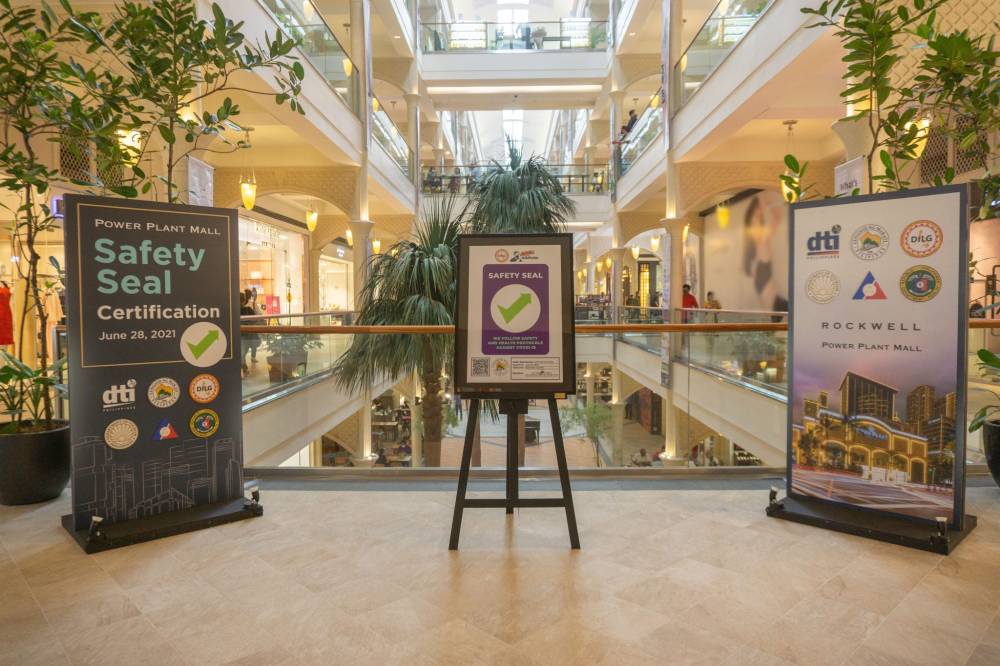
Rockwell’s Power Plant Mall: Adaptive reuse and elegance
The Power Plant Mall in Rockwell Center is an excellent example of adaptive reuse, transforming an old industrial site into a luxurious shopping destination.
The mall’s meticulous design features and posh interiors create an ambiance reminiscent of quaint European neighborhoods. Walking through the lower ground floor feels like strolling through charming streets, complete with warm, inviting lighting.
The mall’s outdoor lighting further enhances its magical atmosphere, especially in the evening. Visitors can enjoy leisurely walks, hopping between various cafes and restaurants that line the streets. This blend of elegance and adaptive reuse makes the Power Plant Mall a standout destination in Manila.
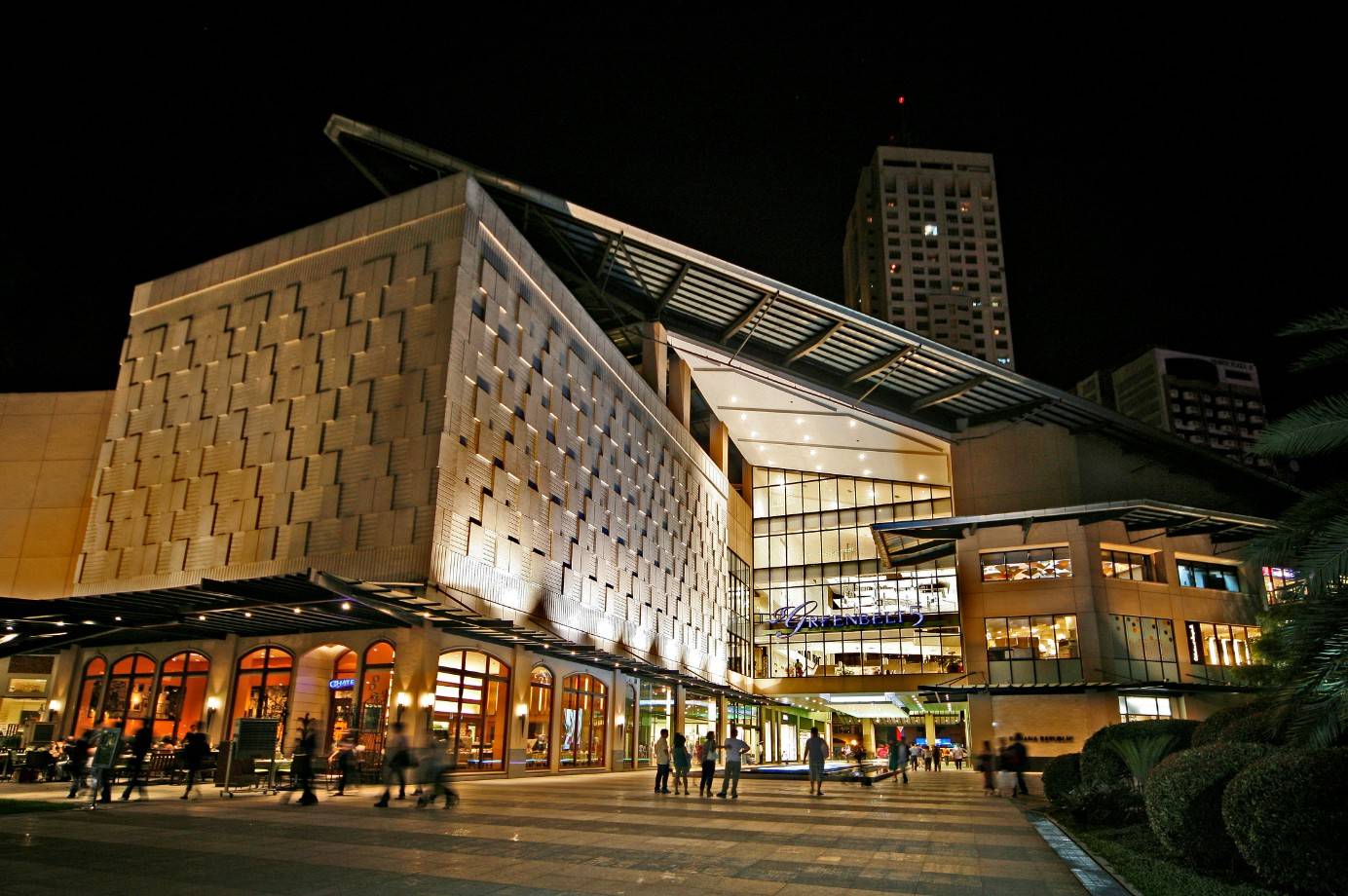
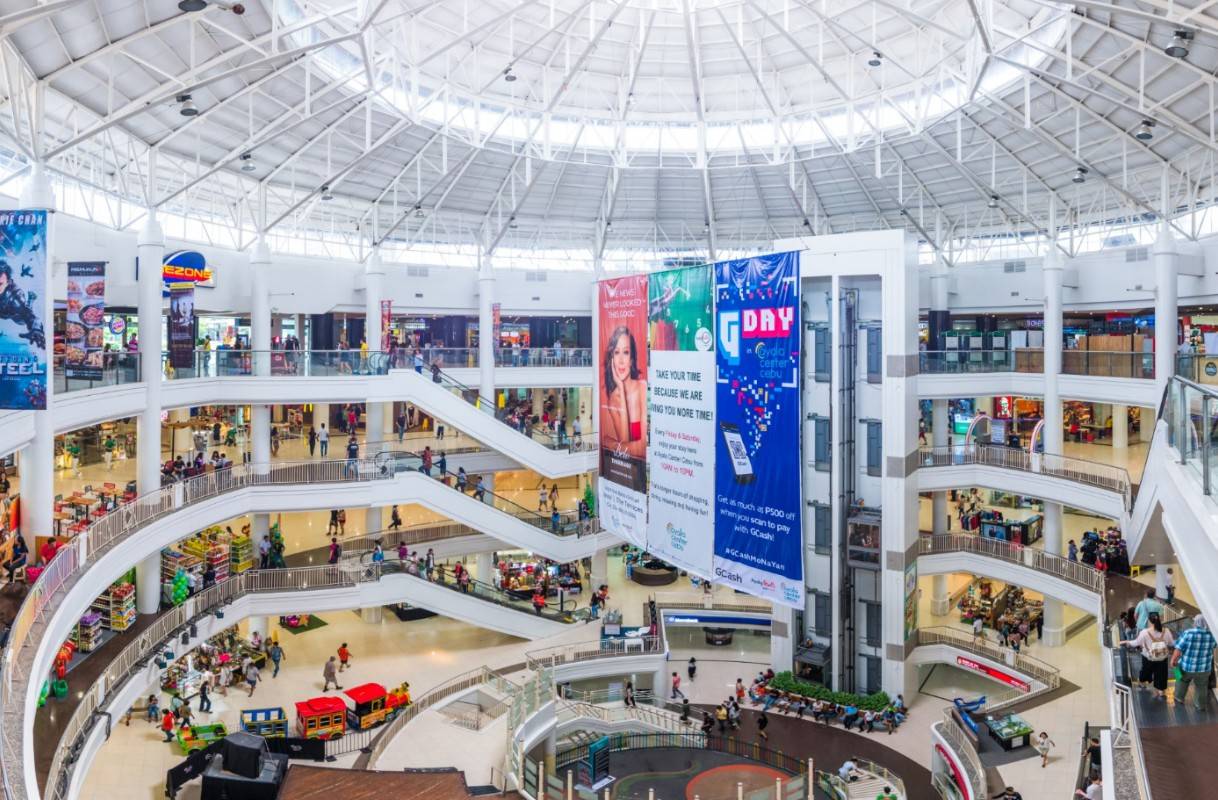
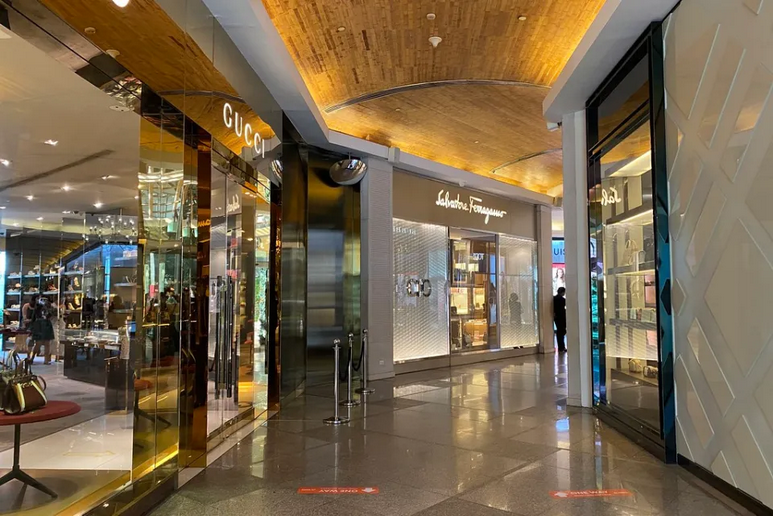
Ayala Malls: Nature and narrative
Ayala Malls is known for its innovative approach to blending nature with retail architecture. The Greenbelt Garden, designed by landscape architect Noel Aleta, is a prime example. This lush green oasis within the mall captivates visitors, providing a serene escape from the urban hustle.
The garden’s design encourages exploration and wonder, enhancing the overall shopping experience. It reflects Ayala Malls’ commitment to creating spaces that are not only functional but also beautiful and engaging. This fusion of nature and retail makes Ayala Malls a unique shopping destination.
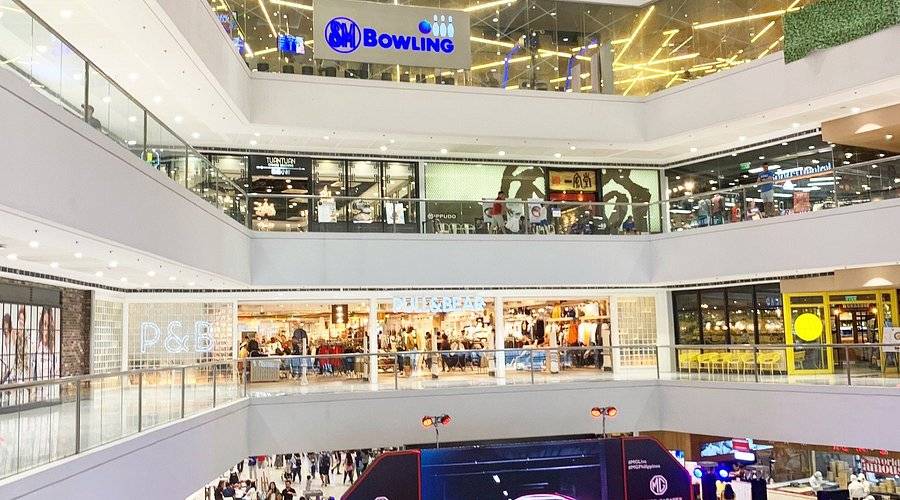
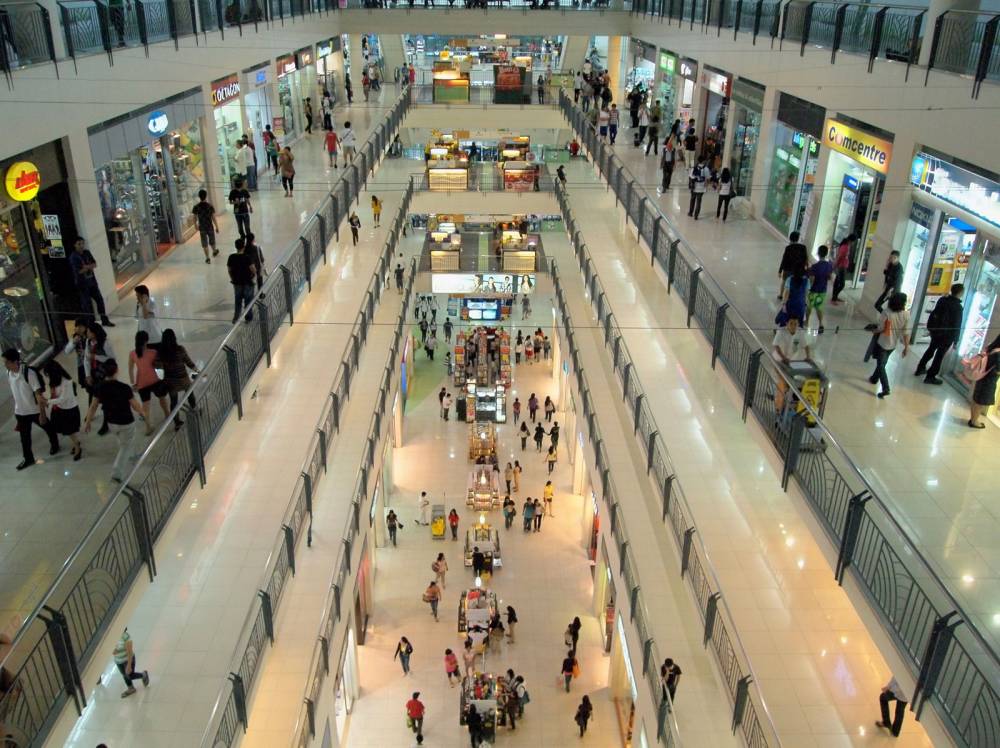
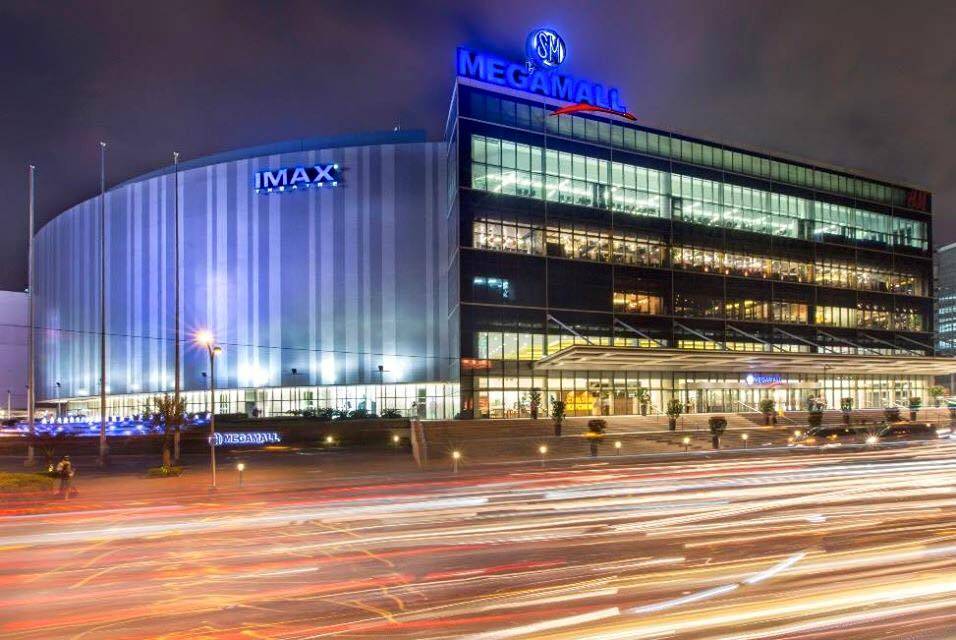
SM Malls: The golden standard
SM malls have become synonymous with comprehensive retail experiences in the Philippines. Known for their wide range of stores, they offer everything from fashion and electronics to groceries and entertainment, making them a one-stop destination. Their easy-to-navigate layouts ensure a hassle-free shopping experience, attracting millions of visitors each year.
SM malls also lead the way in sustainability with green building initiatives like gray water systems, which reuse water for non-potable purposes.
These efforts demonstrate their commitment to environmental responsibility while setting a high standard for other retail developments. With their blend of convenience, variety, and sustainability, SM malls have set the gold standard in Philippine retail.
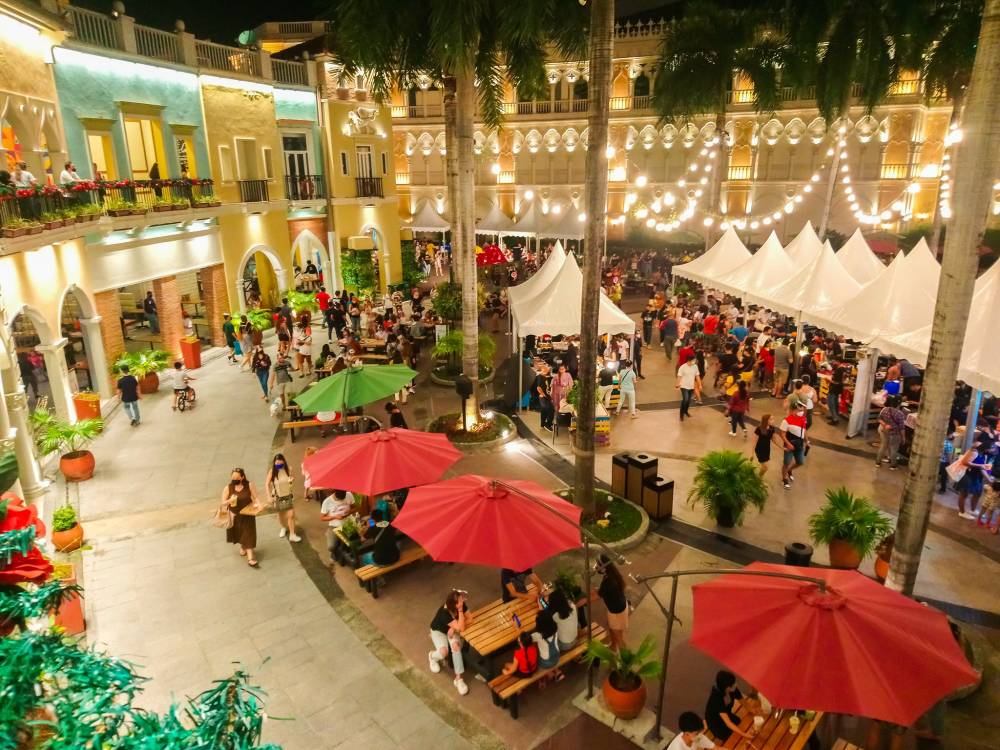

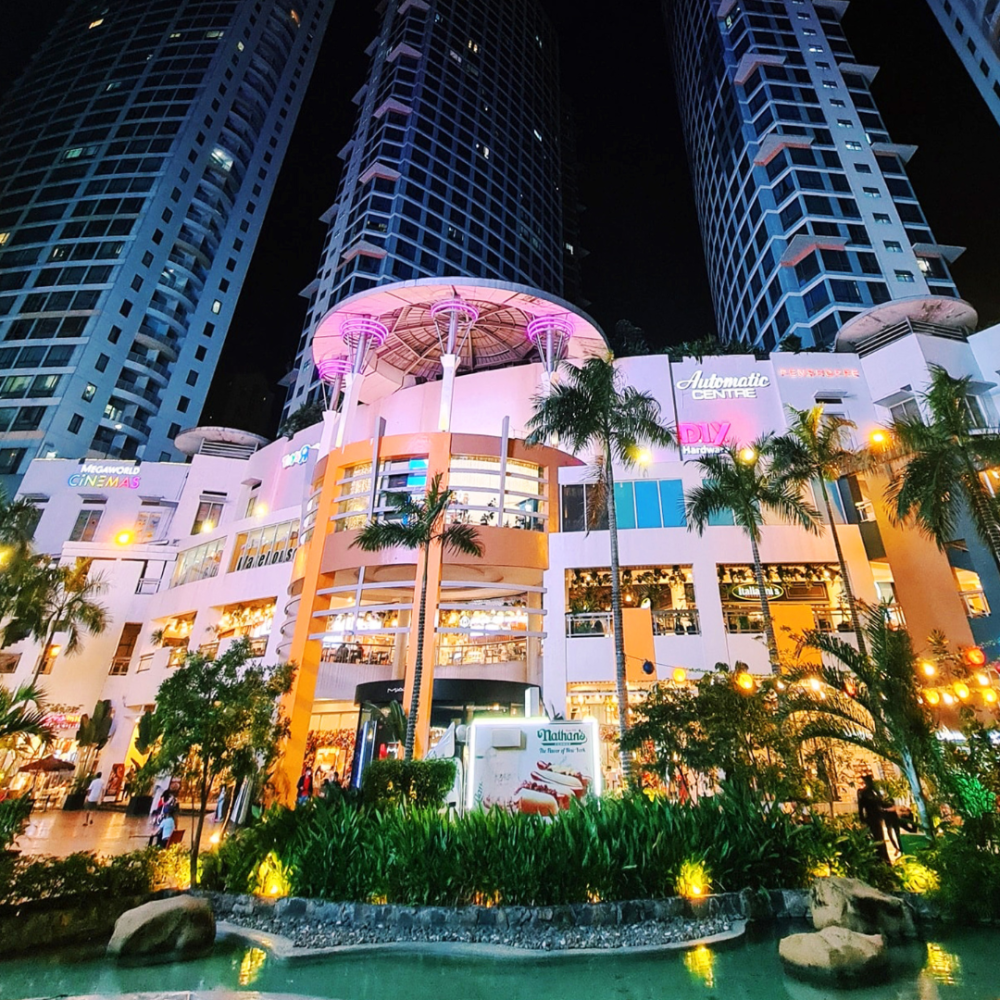
Megaworld Lifestyle Malls: Cosmopolitan innovations
Finding its way as one of the big players in the mall industry, Megaworld Lifestyle Malls has become synonymous with innovation and trendsetting. It adeptly caters to many with a variety of themed malls that appeal to diverse tastes and preferences.
The Venice Grand Canal Mall captures the essence of Venetian charm, complete with man-made canals and gondola rides. Uptown BGC infuses a tropical vibe into its sleek, modern interiors, creating a dynamic and refreshing atmosphere. Eastwood, one of Megaworld’s pioneering malls, is a walkable mixed-use hub that blends local and international dining options within its landscaped grounds, embodying a true cosmopolitan vibe.
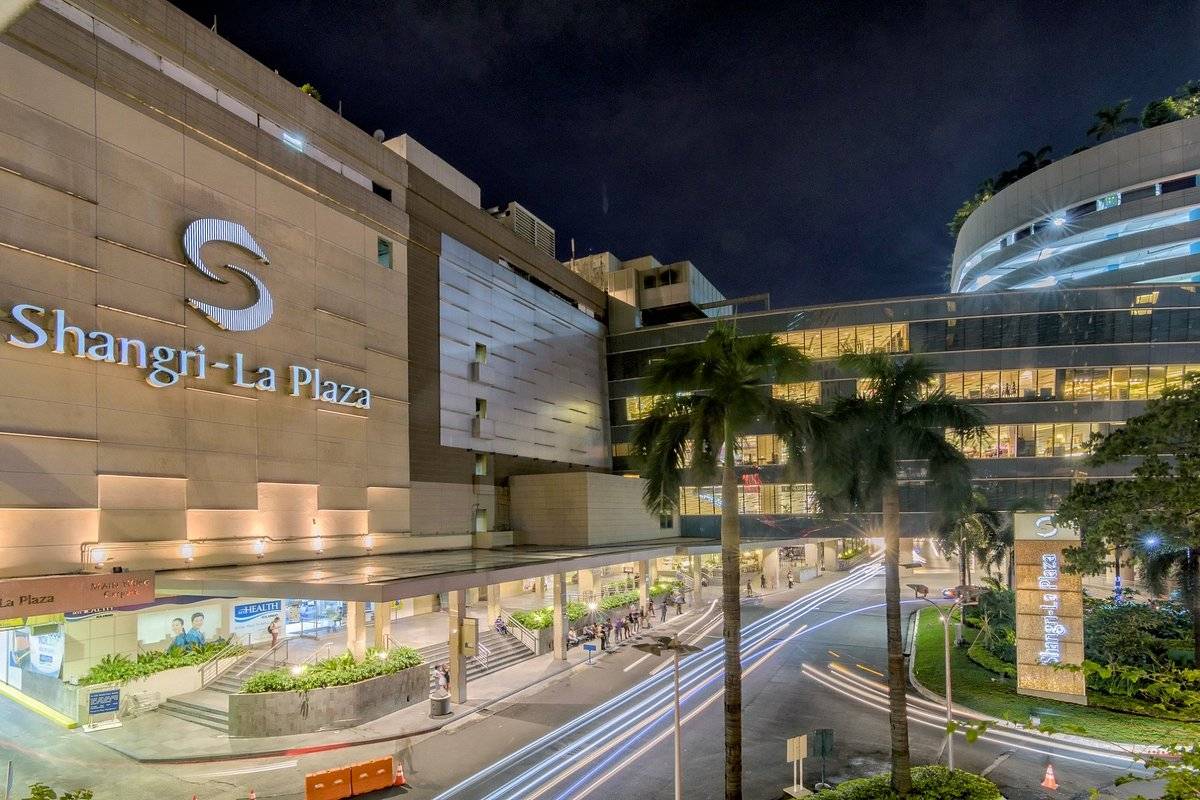
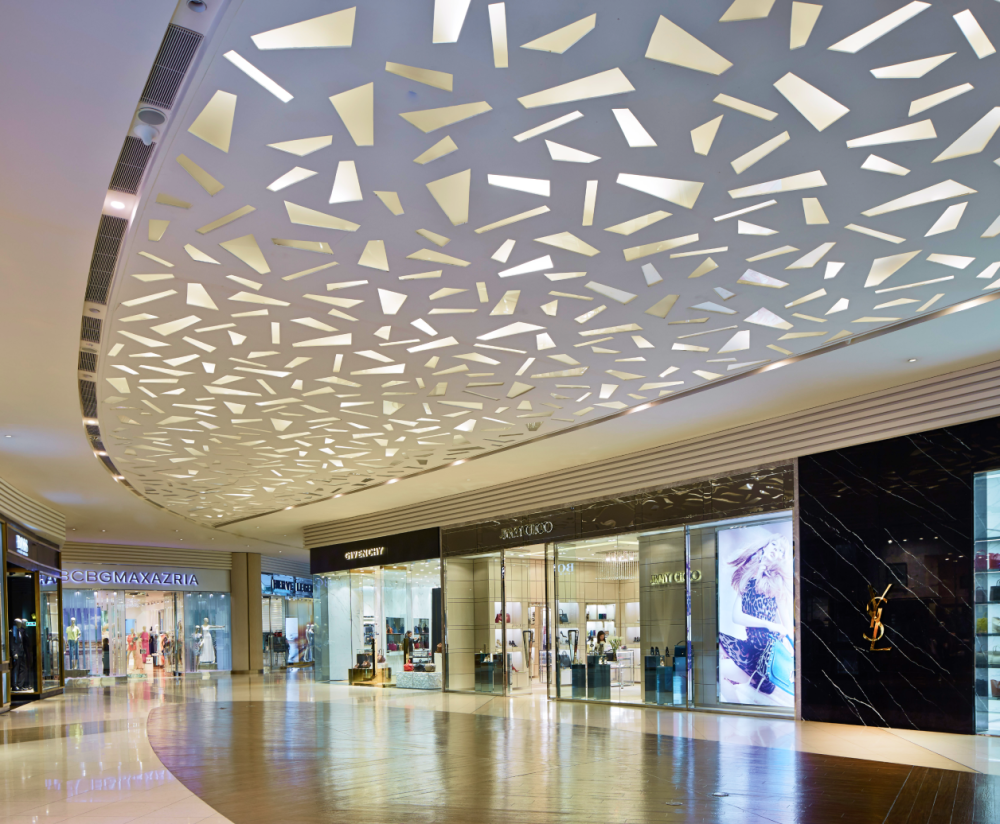
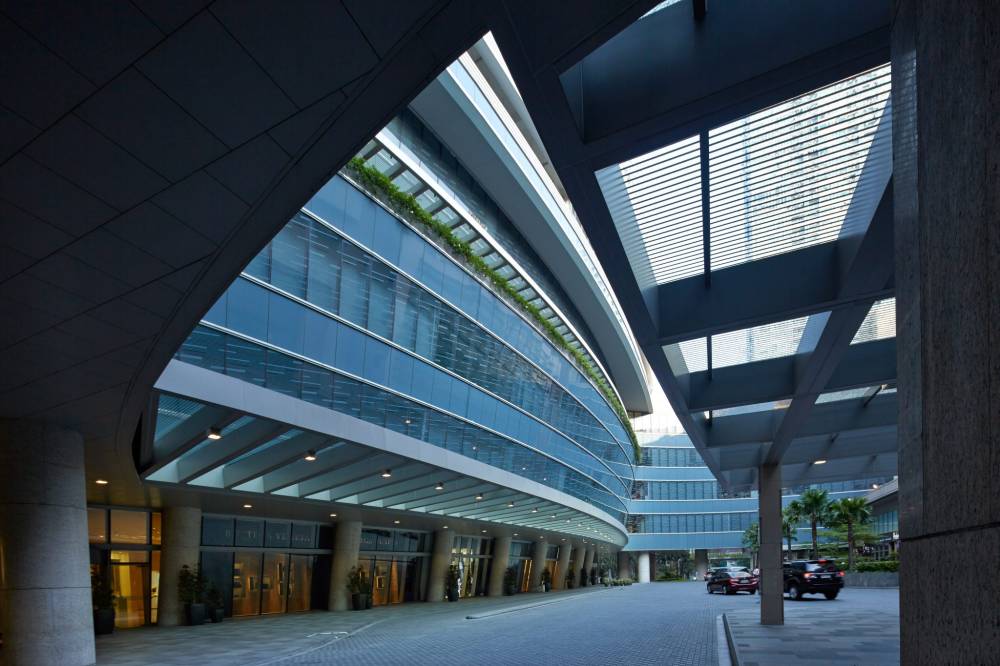
Shangri-La Plaza: Luxury and comfort
Shangri-La Plaza offers a luxurious shopping experience with its high-end brands and the renowned Rustan’s Department Store, which caters to those seeking premium products and services. The mall’s zen-inspired interiors and carefully designed public spaces provide a serene shopping environment.
One of its highlights is its impeccably clean and serene public toilets, which became the model for the way public toilets are to be designed for other developments. The combination of luxury, comfort, and exceptional facilities makes Shangri-La Plaza a preferred destination for discerning shoppers.
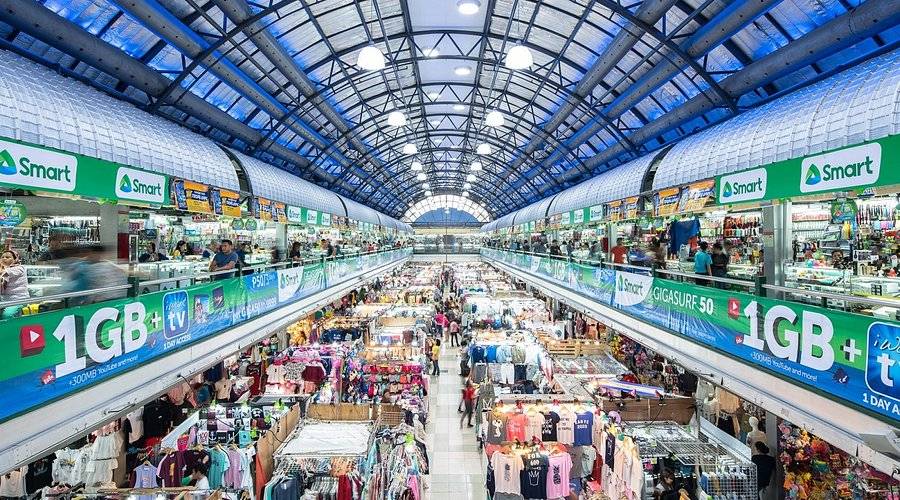
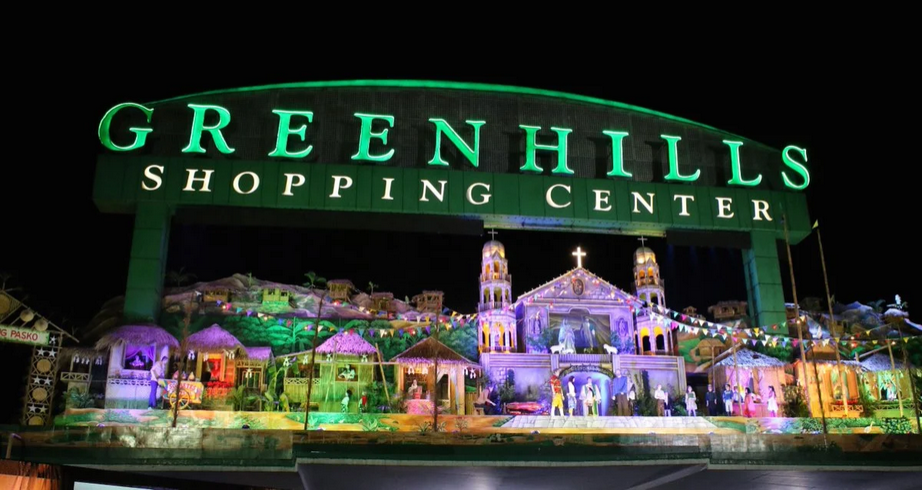
Greenhills Shopping Center: Nostalgia and culture
Greenhills Shopping Center holds a special place in the hearts of many Filipinos, especially those who grew up in the ‘80s.
Known for its tiangge, or bazaar, it offers a unique shopping experience where haggling is part of the fun. It’s a place where you can find hard-to-find items like rare toys, model kits, and various collectibles.
Beyond shopping, Greenhills is also famous for its pearls, providing a unique jewelry buying experience. Many Pinoys bring their foreign and balikbayan friends here to showcase local culture and craftsmanship. This blend of nostalgia and cultural significance makes Greenhills a beloved destination.

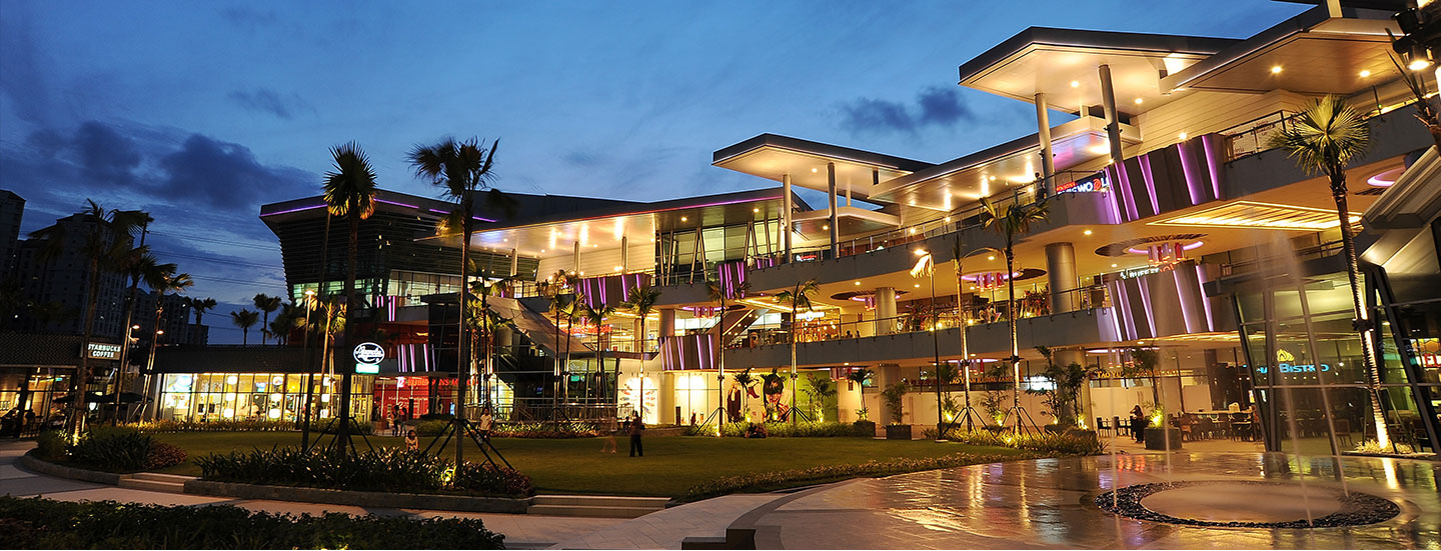
Robinsons Malls: Trailblazing versatility
Robinsons Malls emerged as a trailblazer in the 1990s, revolutionizing the shopping mall landscape with its intuitive layout and easy wayfinding. Its thoughtful design seamlessly blends high-end and affordable brands, creating a shopping haven that caters to all tastes and budgets. The mall’s fine dining options and popular go-to restaurants make it a culinary destination as well.
Adding to its allure, Robinsons Malls features a vast, otherworldly toy section that captivates the imagination. Beyond retail, the mall provides unparalleled convenience by hosting various satellite government offices and services. This commitment to versatility and customer satisfaction cements Robinsons Malls’ reputation as a well-rounded and indispensable urban fixture.
Brick-and-mortar shopping
Why settle for the impersonal nature of online shopping when brick-and-mortar malls offer so much more?
Beyond the thrill of purchasing items, malls provide a multisensory experience that stimulates the senses and fosters human connections. Engaging with sellers and fellow shoppers adds a personal touch that online transactions lack.
Shopping in physical stores also offers health benefits, as it involves walking and other forms of physical activity. Plus, let’s not forget the amazing dining options available at malls.
So, grab your purse, your children and partner, parents, grandparents, and your dogs and kitty cats, and head to your nearest mall for an enriching and enjoyable shopping experience.
The author is an accomplished architect and mother of three. Currently an Assistant Professor at the University of the Philippines Diliman, she serves as its Urban Design Studio Laboratory Coordinator, leading projects focused on urban design, urban lighting, women spaces, and resilient coastal developments.
Richelle Rhea R. Baria is a dedicated mother of three and an architect. She is an Assistant Professor and is currently pursuing her PhD in Designed and Built Environment (DBE) at the University of the Philippines Diliman, where she also serves the Urban Design Studio Laboratory Coordinator. Her research and design interests encompass architectural and urban design, architectural and urban lighting, the creation of women’s spaces, and the development of resilient coastal cities.




















